Intervertebral hernia
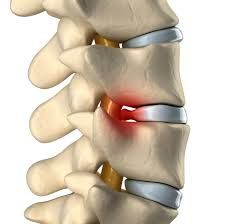 Herniated disc is often one of the causes of back pain. An intervertebral hernia is a displacement of the pulpous nucleus of the disc with a rupture of the fibrous ring, which is accompanied by pain, and in some cases, the development of neurological complications at the limb level. At the same time, intervertebral hernia of the lumbar spine in most cases manifests itself in people aged 25-45 years. Currently, there are many non-surgical methods of treating a vertebral hernia. Nevertheless, in some cases, the treatment of an intervertebral hernia requires surgical intervention
Herniated disc is often one of the causes of back pain. An intervertebral hernia is a displacement of the pulpous nucleus of the disc with a rupture of the fibrous ring, which is accompanied by pain, and in some cases, the development of neurological complications at the limb level. At the same time, intervertebral hernia of the lumbar spine in most cases manifests itself in people aged 25-45 years. Currently, there are many non-surgical methods of treating a vertebral hernia. Nevertheless, in some cases, the treatment of an intervertebral hernia requires surgical intervention
Causes of herniated disc
The main cause of cartilage destruction and hernia development is simultaneous acute or chronic overload of the spinal-motor segment, which is facilitated by:
-
lifting weights;
-
long-term sedentary work;
-
incorrect posture;
-
tilt of the body;
-
chronic exposure to vibration.
The mechanism of hernia development
In the center of the vertebral disc there is a pulpous nucleus consisting of tightly elastic connective tissue, the elasticity of which decreases with age, the load falls on the fibers of the fibrous ring, provoking the appearance of microcracks. Over time, the crack increases in size, and the nucleus pulposus tissue begins to extend beyond the disc.
Symptoms
A herniated disc can form in the cervical, thoracic, and lumbosacral spine. Depending on the place of its formation, various symptoms of an intervertebral hernia are distinguished.
Symptoms of cervical intervertebral hernia:
-
headaches and dizziness;
-
pain in shoulders and arms;
-
blood pressure rises;
-
numbness in the fingers.
Symptoms of an intervertebral hernia of the thoracic region:
-
constant pain in the thoracic spine;
-
chest pain
Symptoms of lumbar intervertebral hernia:
-
pain in the lumbosacral region;
-
pain in the lower extremities;
-
weakness and loss of sensation in the legs.
Diagnostics
The main method of diagnosing the disease is magnetic resonance imaging. To exclude instability of one of the vertebrae, the doctor may prescribe an X-ray with functional tests (X-ray in the position of maximum flexion and extension). Based on the data obtained, a decision is made on the choice of tactics for the treatment of a herniated disc.
Treatment
Depending on the degree of intervertebral disc damage, severity of clinical manifestations and neurological symptoms, conservative and surgical treatment may be used.
Conservative treatment
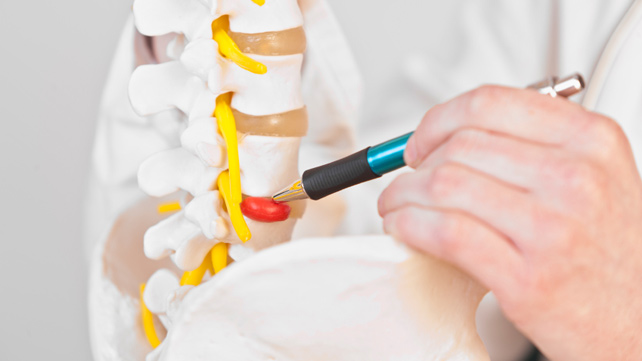
The manual therapy techniques used in ECSTO make it possible to accurately restore mobility of spinal column segments, mobility of sacroiliac joints, and reduce pain intensity by relaxing reactively tense muscle groups.
A course of physical therapy is prescribed for the purpose of decompression (during exercise, the root openings expand, the degree of irritation of the neural structures decreases) and stabilization (we teach the patient to keep the spinal column in the correct position, regardless of the type of activity and body position) of a certain part of the spine. A well-chosen set of exercises increases the effectiveness of conservative treatment.
Various methods of electrotherapy (CHANCE, ultrasound, etc.) can reduce the severity of the inflammatory reaction, the degree of muscle tension, and, as a result, significantly reduce pain.
Surgical treatment
In most cases of surgical treatment, microsurgical discectomy is performed. This operation on an intervertebral hernia allows the compressed nerve structures to be released due to the complete removal of not only the missing part of the intervertebral disc, but also the destroyed contents of the nucleus pulposus. The main advantage of intervertebral hernia surgery is minimal invasiveness and, at the same time, sufficient visibility to remove a hernia or sequester of almost any size. In the postoperative period, the patient can be activated in the next day, which allows rehabilitation and restore working capacity.We add that independent treatment of intervertebral hernia of the lumbar spine in the form of exercises, rubbing and the use of folk remedies is not acceptable, because this can lead to serious complications.
Why the EMC
The first and only clinic in Russia, created in the image of the world's leading clinics
EMC is a multidisciplinary center offering patients a high level of medical services and a personalized approach
Worldwide recognition and awards
 Learn more
Learn more
Worldwide recognition and awards
 Certificates and licenses
Certificates and licenses
Make an appointment for a consultation
Specify your contacts and we will contact you to clarify the details
Reviews
and new products of the EMC
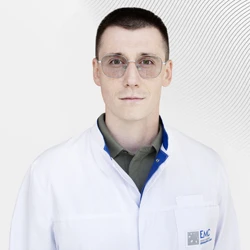


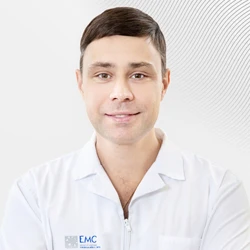
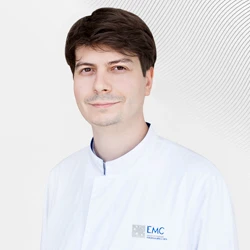
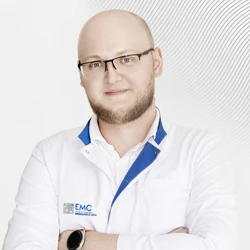

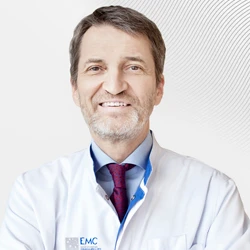
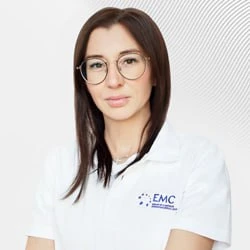
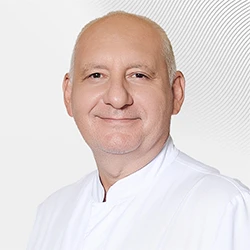
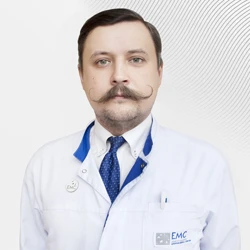

.webp)
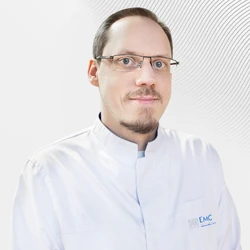
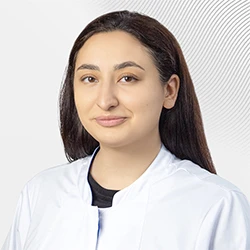
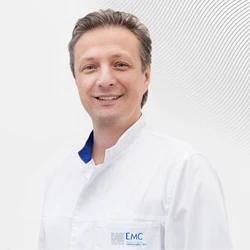
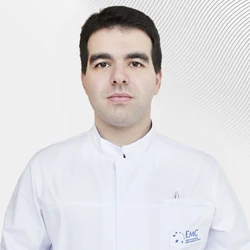
.webp)


